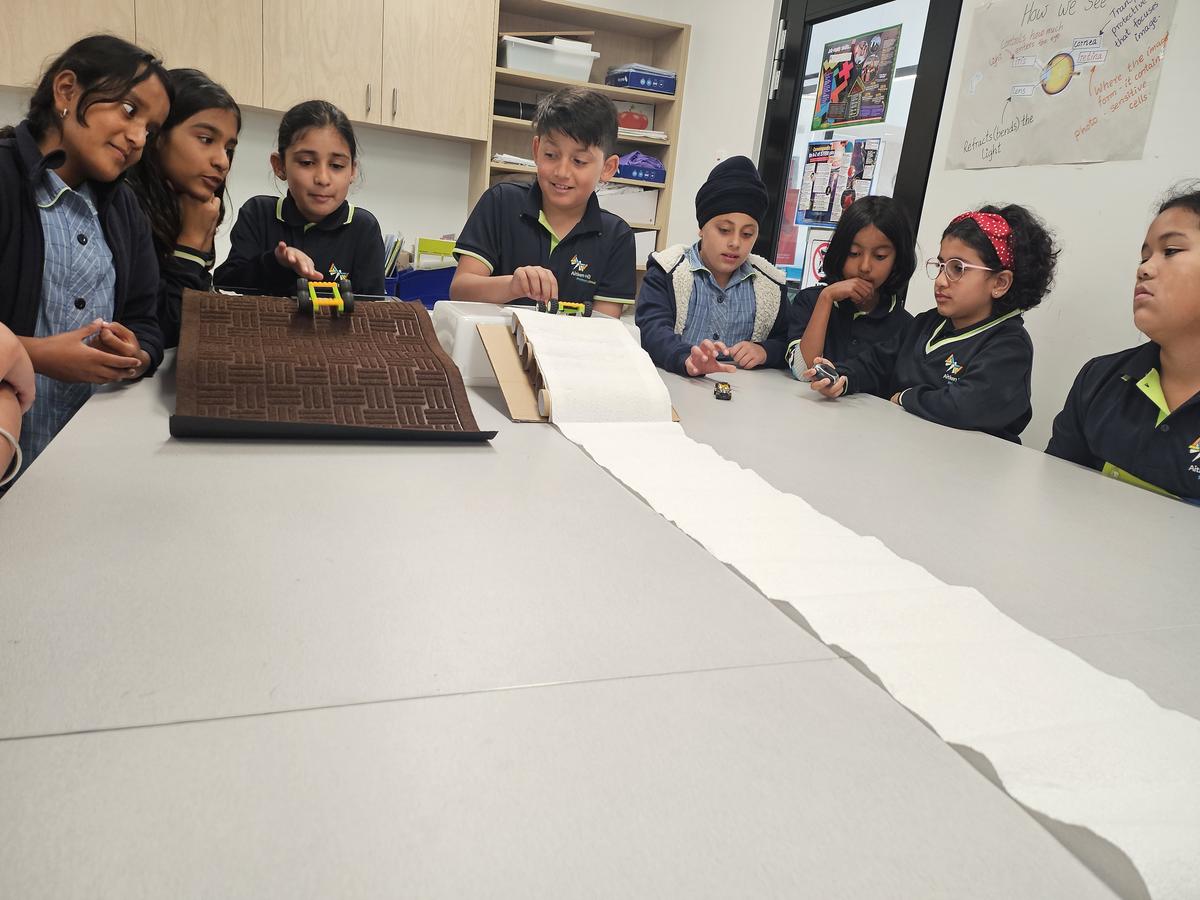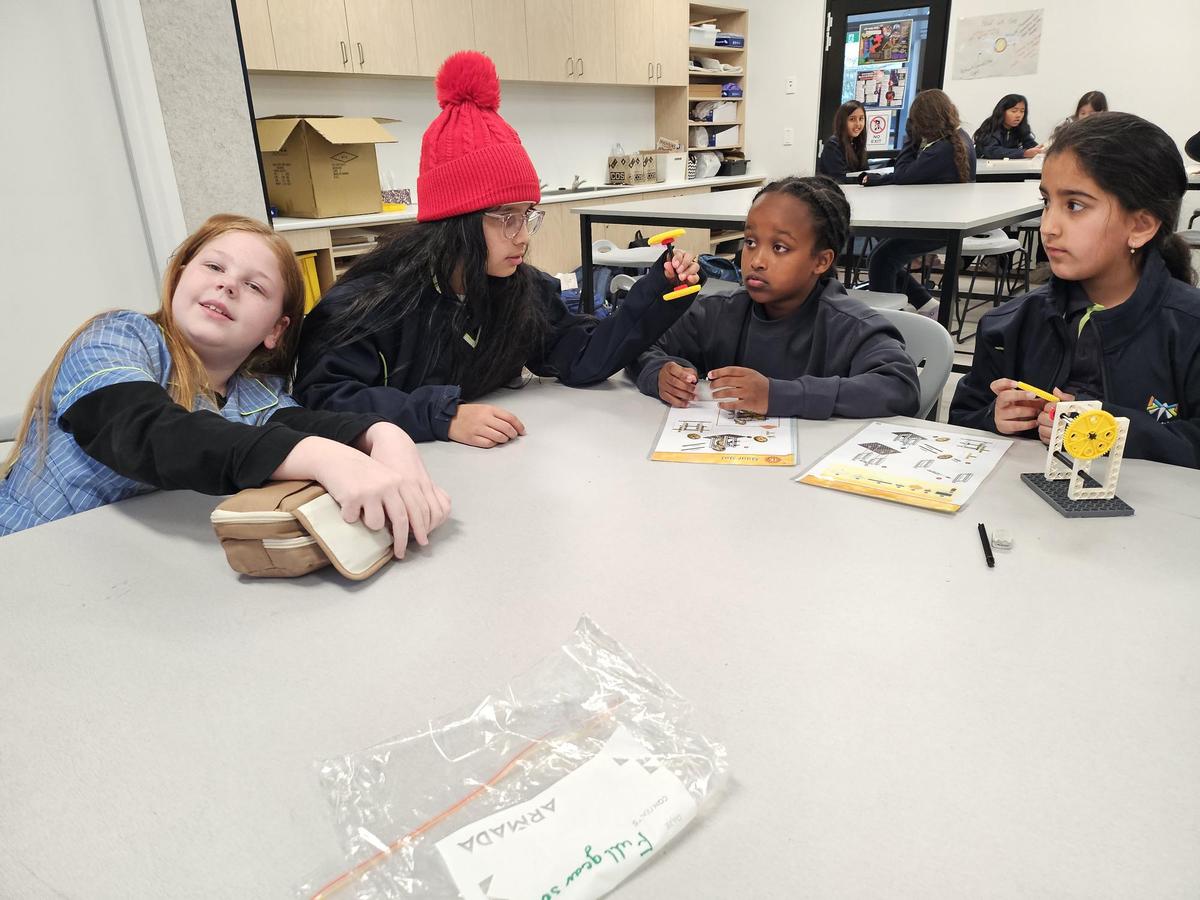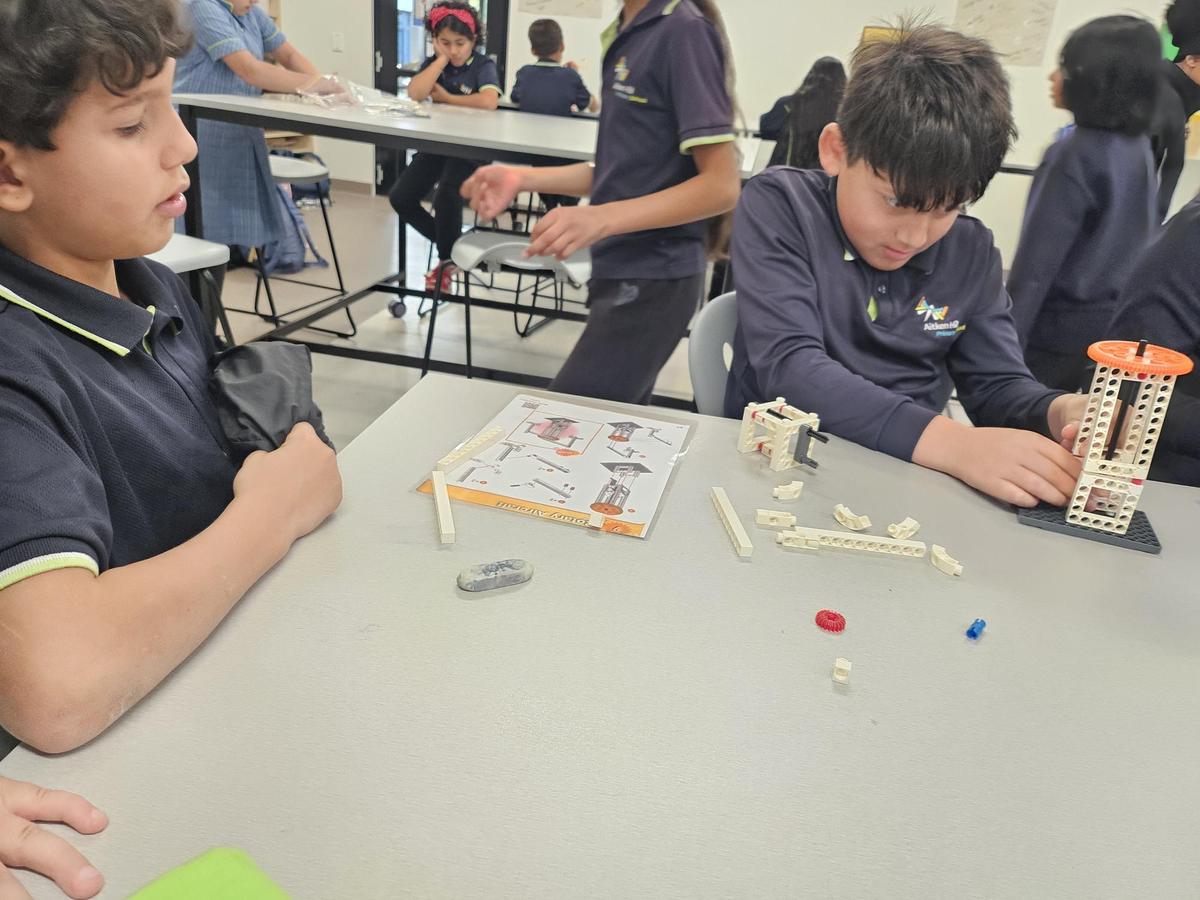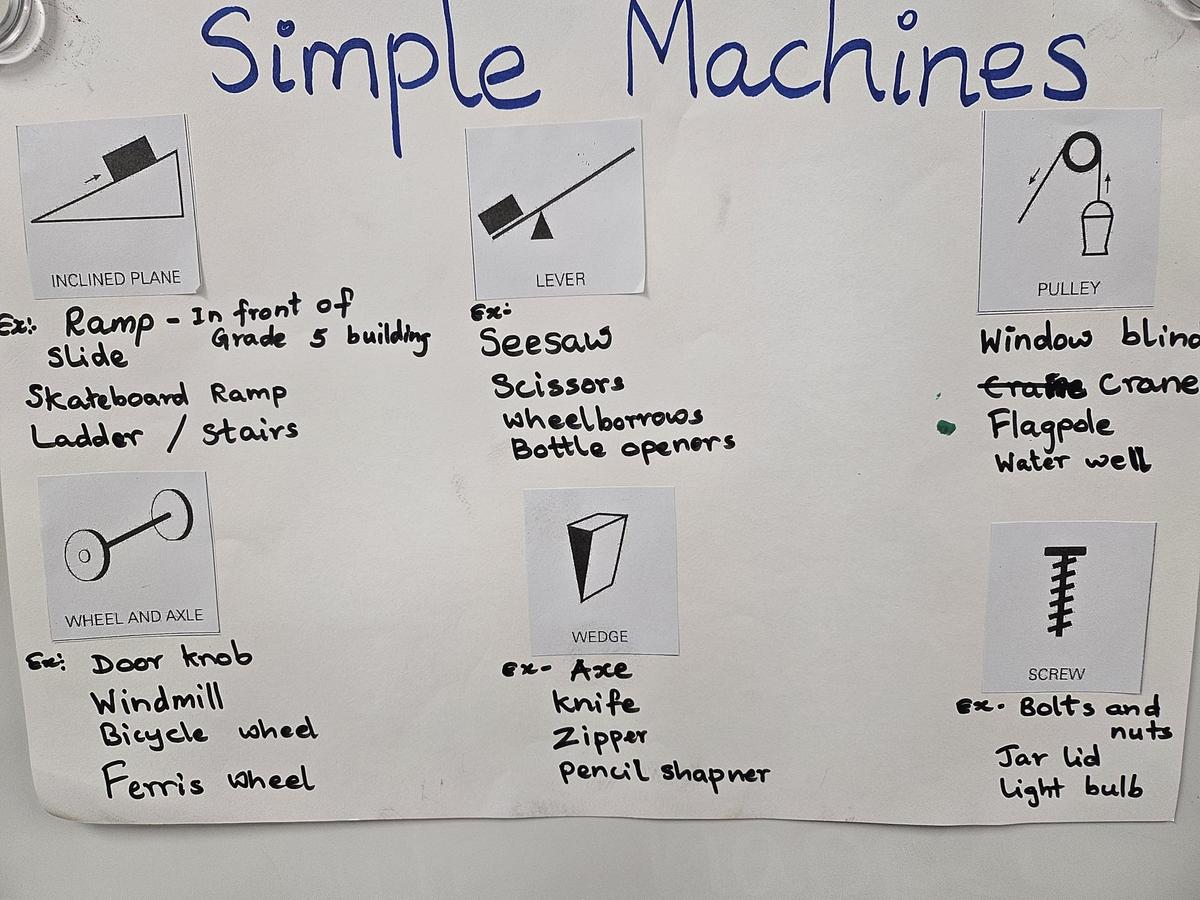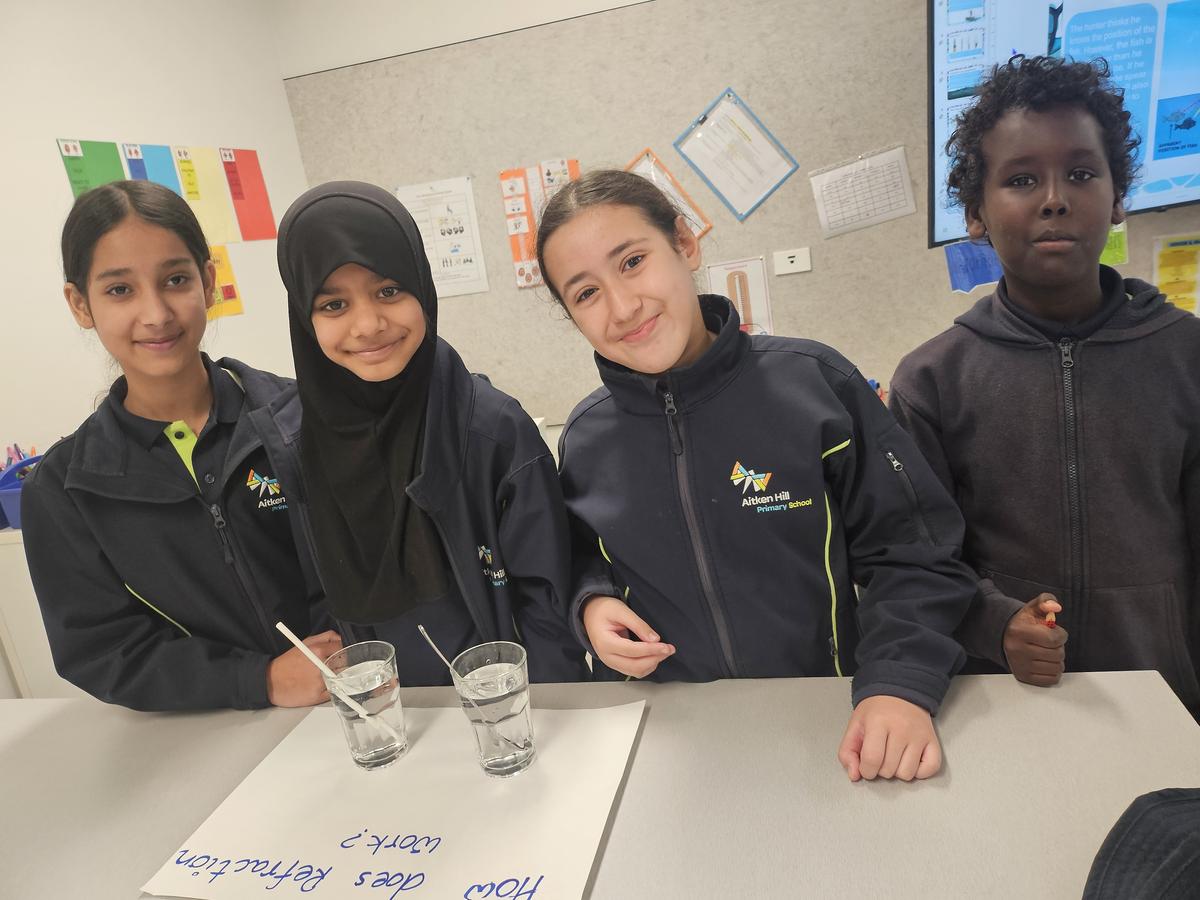STEM
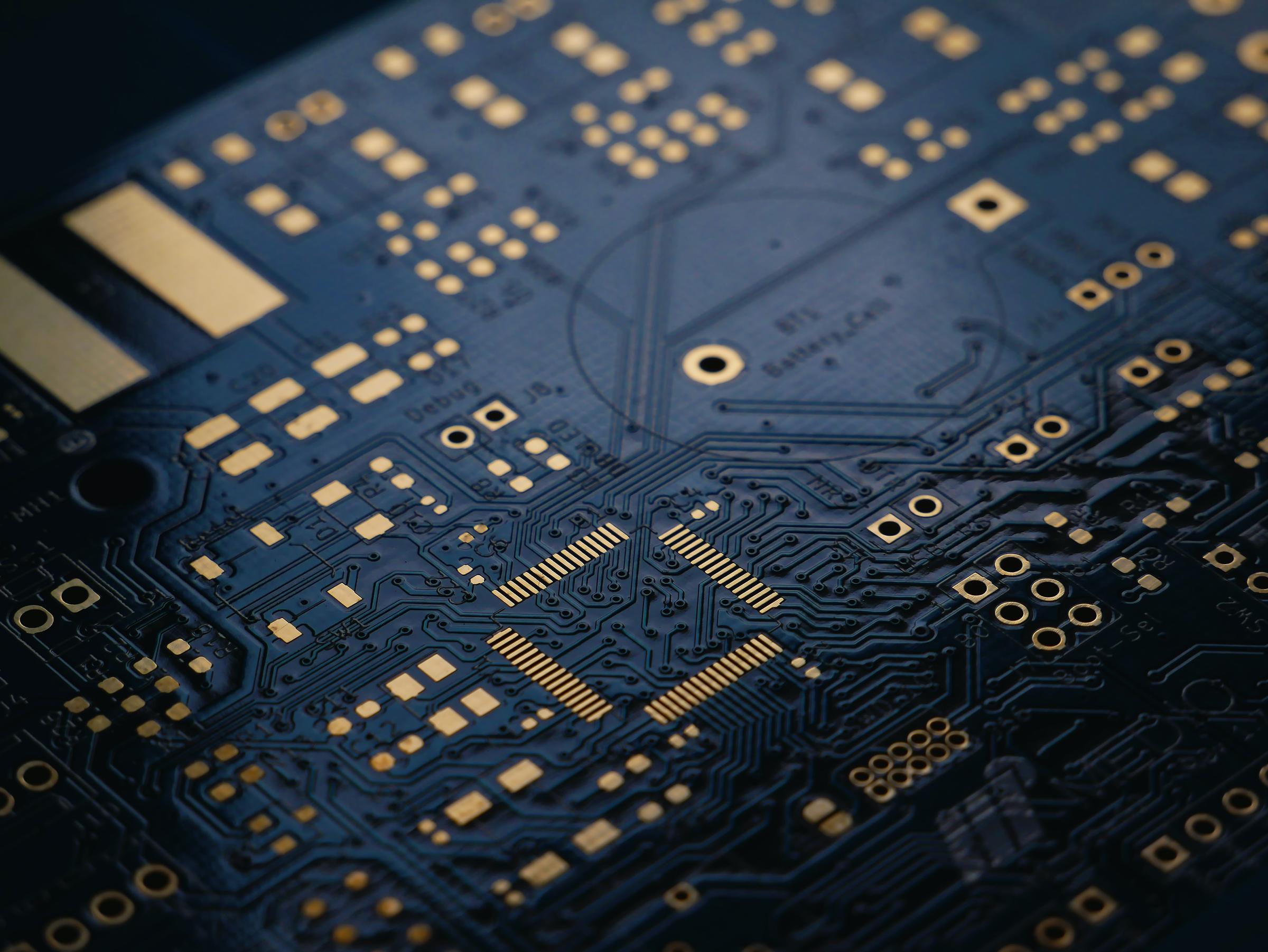
In Term Two, all Grade Three and Four students were focusing on Forces as part of their Physical Science Unit. They explored two main types of forces: contact forces and non-contact forces. They identified how forces make things move in a direction, which are also affected by speed and shape, by investigating these ideas using equipment on the school playground. They also discussed how forces are involved in our everyday activities such as mowing the lawn, applying brakes on a vehicle, walking on the road etc.
Further, they investigated how friction force can slow things down and stop stationary things from moving. Students conducted an experiment and created a ramp using four different surfaces (cardboard, paper towel roll, bubble wrap and a flat surface) to find out how fast or slow a car will travel on each surface.
They continue to explore a variety of applied forces which we use to make our life easier. They identified that there are six different simple machines which are designed to reduce the effort required to perform a simple task. For example, pulling up or down a blind (wheel & axle), walking on a ramp (inclined plane), move the school flag up or down (pulley), playing on a seesaw (lever), cutting with a scissor (wedge & lever) and a bottle top and a bulb (screw). Finally, students used Legos to create a variety of simple machines to consolidate their understanding of applied forces.
Grade Five and Six
In Term Two all the Grade Five and Six students explored how light travels from a light source to our eyes as part of the Physical Science Unit. They identified natural and artificial light sources. They investigated the properties of visible light. For example, reflection (bouncing off surfaces), refraction (bending when passing through air and water). They explored the three different types of reflection such as, mirror, specular and diffuse reflection.
They examined how mirrors work. They learnt an angle of incidence is equal to angle of reflection by using a light torch kept in front of the mirror and checked how reflected light rays travel parallel to create a focused beam.
Further, they investigated how refraction changes the direction and the speed of light travel. For example, how we see things through our retina and how Indigenous Australians understand the element of light through spearfishing.

